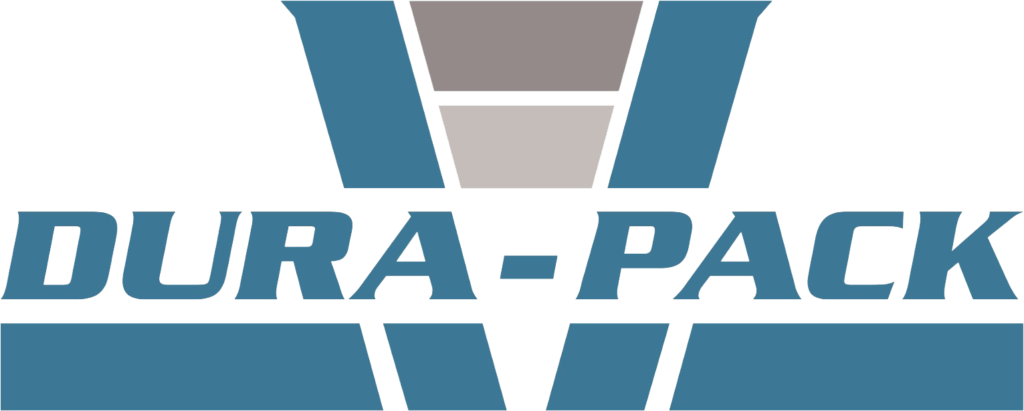Starbucks is a company forefront on innovative ways to becoming sustainable through packaging. One of the harsh issues of our world today is the piling up of landfills and Starbucks is committed in decreasing their part in this global pandemic of filling our landfills with plastic. In this article we will be using Starbucks as an exemplarily company that should be modeled in creating less waste and more sustainable packaging.
Kevin Johnson is Starbuck’s CEO and in a recent article by Jennifer Warnick, outlined five things to know about Starbucks new environmental sustainability commitment. In this article, Kevin Johnson was quoted saying, “giving more than we take from the planet” (Warnick, Page 1). His letter highlighted three preliminary targets aby 2030. “Starbucks will aim to reduce carbon emissions by 50 percent; reduce waste sent to landfills from stores and manufacturing by 50 percent, driven by a broader shift toward a circular economy; and will also conserve or replenish 50 percent of the water currently being used for direct operations and coffee production” (Warnick, Page 3) Let us highlight on the reduced waste sent to landfills from stores, because there is a significant issue within Starbucks on their recycling plans. But how are we to accomplish such a goal?
There are many ways we can accomplish this goal, but specifically on Starbuck’s packaging. The fad of reusable cups like the changing color cups and confetti cups is more than just a fad. Instead it brings us closer to the goal of becoming sustainable through packaging. This includes their proactive approach to straws and their gradual elimination by repackaging their lids for straw-less consumption. Another article written by Jennifer Warnick in March 2019 depicts this idea of straw-less lids as innovative genius. “It sounds dramatic, but this lid is going to get used about a billion times a year. It’s going to take billions of single-use plastic straws off the market,” said Corlett, director of global packaging solutions and innovations, whose team at Starbucks helped design the lid” (Warnick, page 1). Imagine, a company that uses a billion straws a year suddenly changing into straw-less lids. What does that look like in our landfills? It means that there is less of an environmental footprint from Starbucks. But what about Frappuccinos? Yes, some beverages are still necessary for straws and yet Starbucks is committed in creating a recyclable straw in addition to the straw-less idea. “Blended drinks, like the Frappuccino, have recyclable, domed plastic lids and will still feature straws (except in cities where straws have been prohibited)), but by 2020 those straws will be made of a plastic alternative.” This is a great alternative to this straw pandemic on sustainable packaging.
Starbucks is an inventive company as far as being environmentally friendly. “Starbucks is currently testing alternative materials to replace plastic straws as part of its goals to eliminate plastic straws by 2020 and to double the recyclability, compostability and reusability of its cups and packaging by 2022” (Warnick, page 5). This means that they are currently inventing new ways of becoming more sustainable through packaging. They belong in the future of environmentally friendly companies and should be modeled.
Works Cited
Essay by: Erica Camp
Arizona State University
